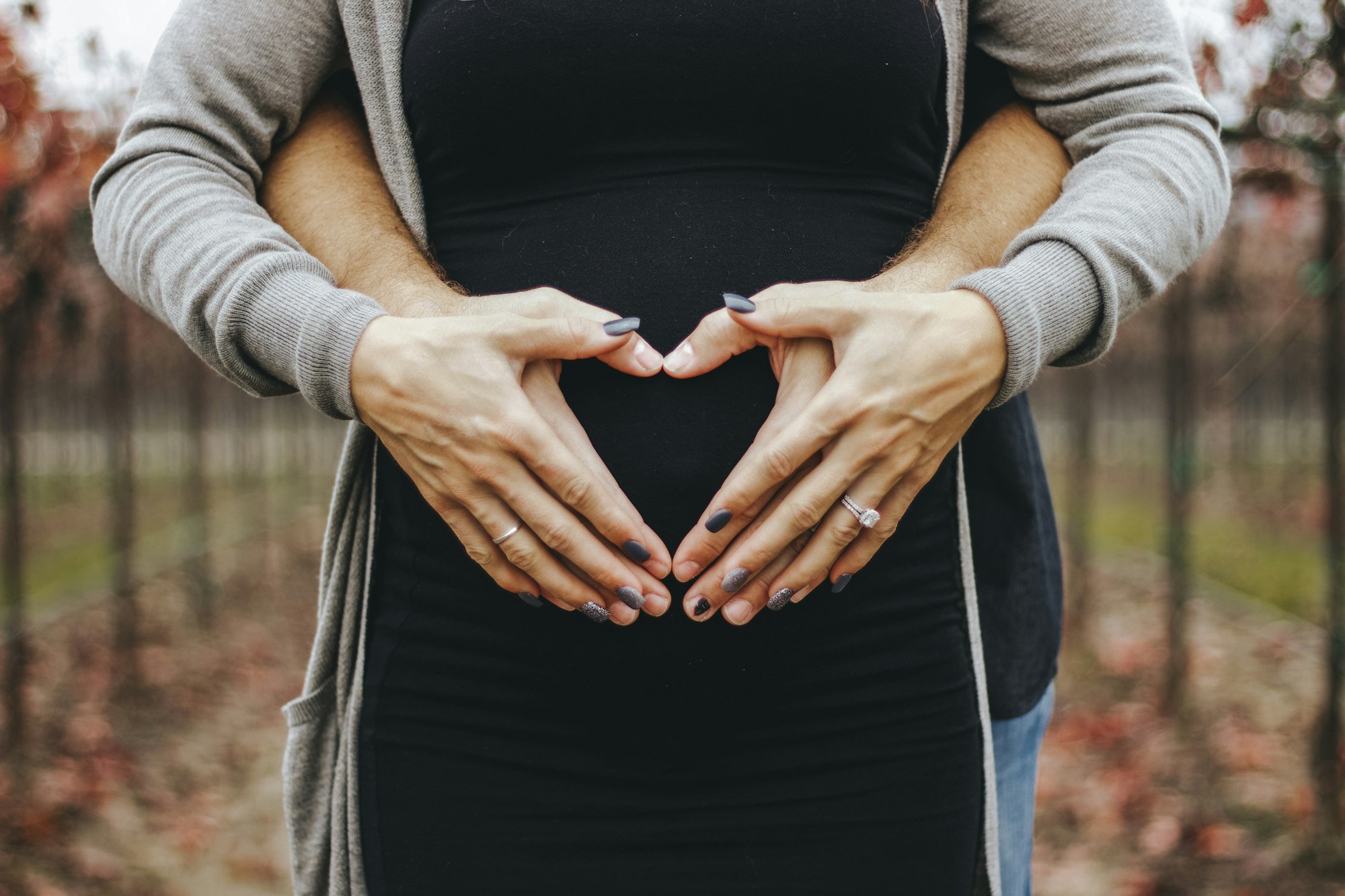How Does Breast Milk Production Work?
The hormones that are produced by pregnancy will cause your milk ducts to grow. They will get ready for milk production, and increase in number, by branching out.

If a mother understands the process of lactation, she will start to recognize ways of solving her own breastfeeding problems.
How Does it all Start?
In the beginning, the hormones that are produced by pregnancy, start to change and grow your milk ducts; they start getting ready for breast milk production, by increasing in number and by branching out with clusters of alveoli on the ends.
During your pregnancy, just halfway through, your endocrine control system will start to trigger the making of colostrum, and your milk supply will start to "come in" 30-40 hours after giving birth to your baby. This process may take longer in mothers who have had a c-section delivery.
Your baby’s tummy is so small at this stage that he/she only needs a few drops of colostrum with every feed to be satisfied.
A mother's body will usually not produce milk before the baby is born, as the levels of progesterone are too high, but once she delivers the placenta, the levels of progesterone will drop. The high level of prolactin, then triggers copious milk production “lactogenesis 2."
A mother should start to breastfeed her baby as soon as possible, as this will trigger the release of Prolactin and therefore trigger increased breast milk production.
Mothers only begin to feel the increased breast fullness 2 – 3 days after birth. (Up to 5 days in Moms who have had a c-section, or who have various issues such as PCOS or diabetes)
When your body is signaled to start producing milk, the hormone Oxytocin is released, and this causes the milk to be pushed out of the breast.
Learn more about breastfeeding hormones here.
After lactogenesis 2, there is a switch to your autocrine system. This process of milk production is called lactogenesis 3. This is the maintenance stage of milk production, in which breastmilk production is controlled via supply and demand. The more the baby drinks, the more milk the mother will produce.
Learn more about the anatomy of the lactating breast.
Need a more in-depth explanation of the stages of lactation? Click Here
Milk Synthesis is Controlled in the Following Way.
When your breasts are full, milk production slows down.
- When your breasts are empty, milk production is sped up.
Your breasts will usually be very full the first few days, as your body does not know yet how much your baby actually needs, but as time goes by, your breasts adapt to your baby’s needs.
Breast Milk Supply Throughout the Day
Milk volume is higher in the mornings and gradually decreases throughout the day. Breast milk also becomes fattier as the day progresses.

Tushbaby Hip Carrier
With its ergonomic design and comfortable waistband, Tushbaby provides optimal support for both you and your baby, allowing for bonding on the go. Say goodbye to shoulder and back pain from traditional carriers, as Tushbaby evenly distributes your baby's weight, relieving strain and promoting better posture.
Increasing My Breast Milk Production
Mothers that want to increase their milk supply will need to ensure that their breasts are drained after every feeding, this is to increase the speed of milk synthesis.
How to Increase Breast Milk Production:
- Empty your breast after each nursing session and even between nursing sessions, by pump or hand expression.
- Fenugreek can be used.
- Breastfeeding on demand.
- Using Galactagogues (herbal and drug).
- Using breast massage and gentle breast compression during breastfeeding will also help increase milk production.
- Ensuring that your baby has a good latch, will effectively drain the breasts, therefore, increasing your milk supply.

- Do not skip night feeds.
- Keep stress to the minimum.
- More tips here about the initiation of lactation.
Decreasing my Breastmilk Production
“block nursing" – Discussed on the oversupply page.
The Composition of Breast Milk Over Time
Your breast milk will change as your baby grows. The fat volume will increase as your baby grows and requires extra fat.
A mother passes all her immune benefits over to her baby too. Babies receive gut protection via breast milk also.
What is Foremilk and Hindmilk?
Foremilk is the milk that has collected in the front of your breast's milk-producing cells and is the milk that a baby receives at the beginning of a feed.
Hindmilk is the fattier milk that has collected at the back of the milk-producing cells and is the milk that a baby receives gradually as the breastfeeding session continues.
Your baby should drain one breast, before offering the other one.
Learn more about formilk/hindmilk imbalance.
